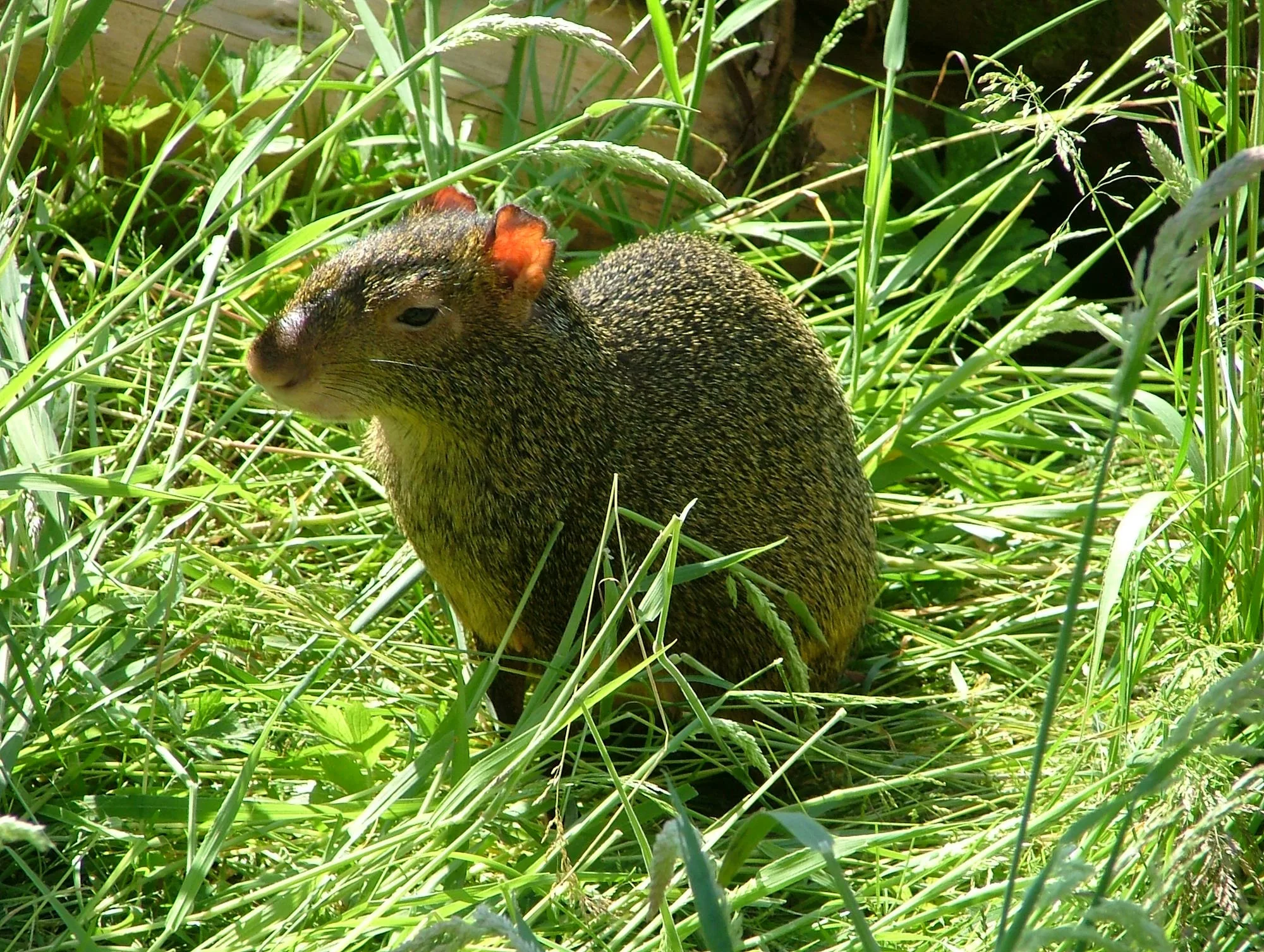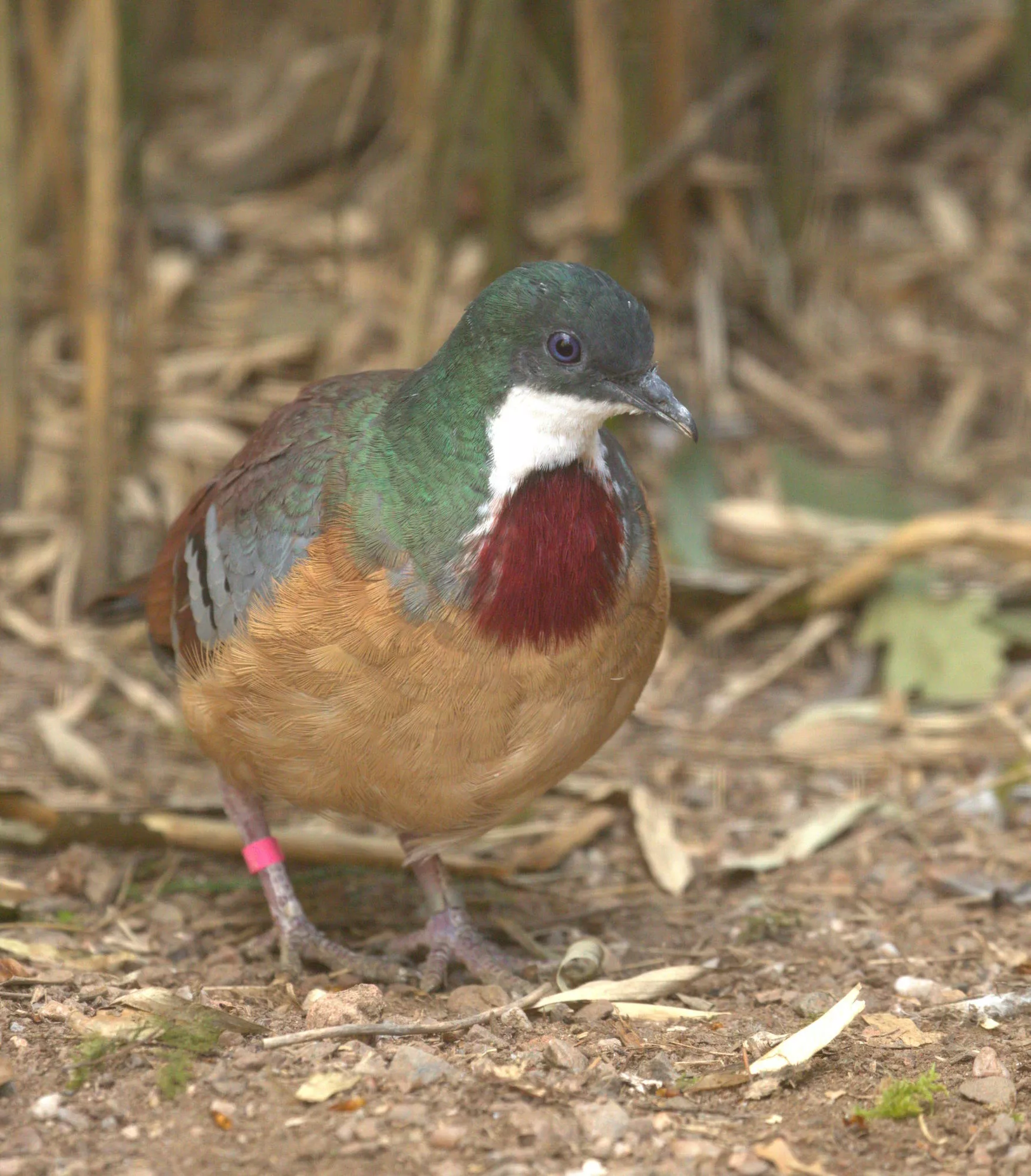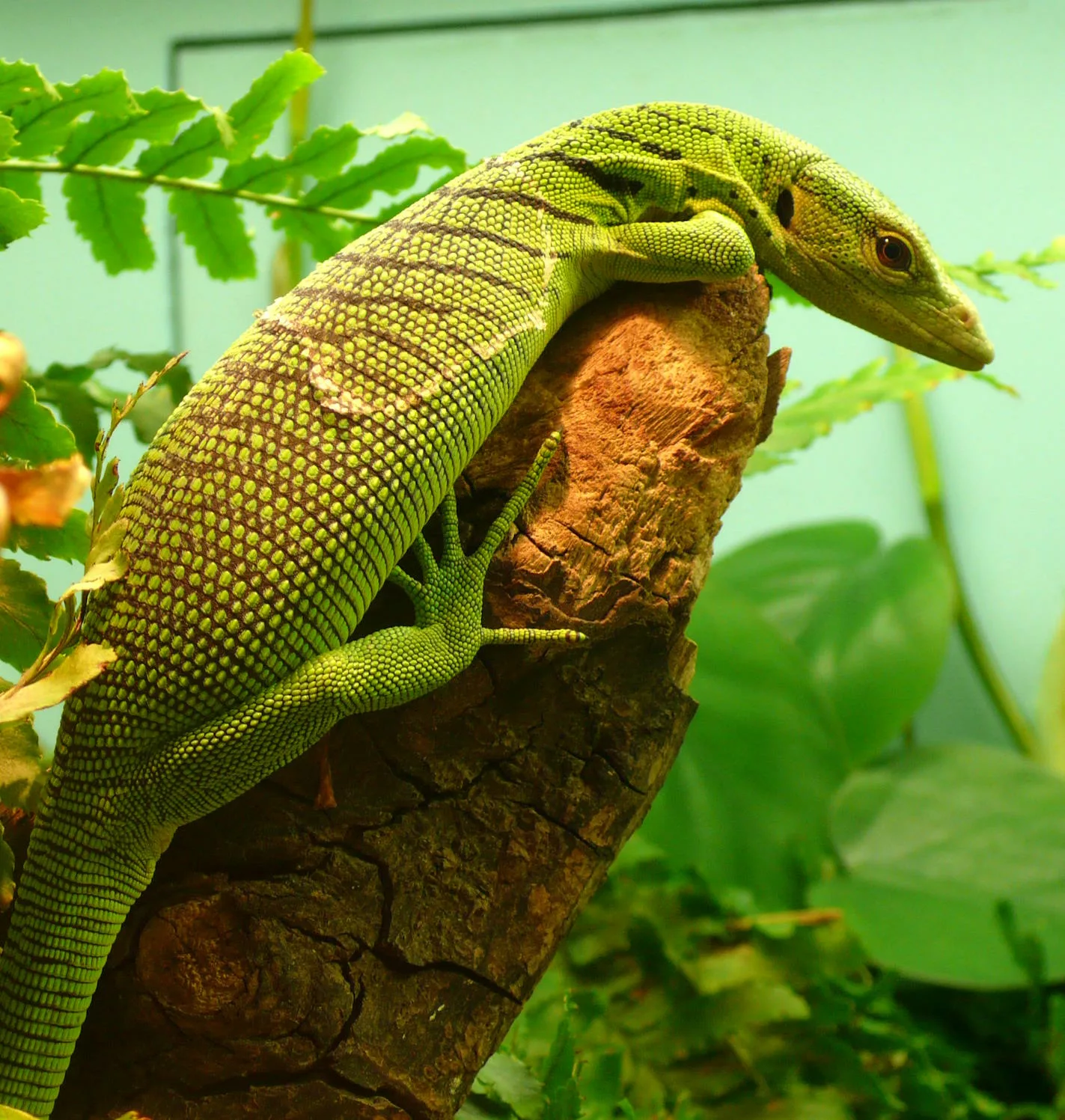
Eurasian spoonbill
Scientific name: Platalea leucorodia
IUCN listed as: Least Concern
Learn before you visit!
Here are some facts about the species – Discover what they eat, find out about their natural habitat, see what they like to do, and more… Set the reading style to suit you too, everyday speak or something aimed towards children.
Child-friendly
Everyday
Diet
The Eurasian Spoonbill primarily feeds on small aquatic animals, including fish, amphibians, crustaceans, and insects. They use their distinctive spoon-shaped bill to sift through mud and shallow water to capture prey. This foraging method involves sweeping their partially open bill from side to side in the water. Their diet can also include small molluscs and plant material. The spoonbill’s feeding technique is highly efficient, allowing them to thrive in various wetland habitats.
Eurasian Spoonbills eat small animals they find in water, like fish and insects. They use their spoon-shaped bills to catch food by sweeping them in the water. They also eat small shellfish and plants. This way of eating helps them find food easily in wetlands.
Breeding
Eurasian Spoonbills breed in colonies, often alongside other wading birds. The breeding season typically starts in spring, with nests built in trees, reed beds, or on the ground in remote, undisturbed areas. They lay 3-5 eggs, which are incubated by both parents for about 21-25 days. The chicks are fed regurgitated food and fledge after about 50-60 days. The breeding success of spoonbills depends on the availability of suitable nesting sites and food resources.
Spoonbills build their nests in groups with other birds. They lay 3-5 eggs in spring, which both parents take turns keeping warm. Baby spoonbills are fed by their parents until they can fly after about two months. Good nesting spots and lots of food help them raise their babies.
Habitat
The Eurasian Spoonbill inhabits a variety of wetland environments, including freshwater lakes, marshes, rivers, and coastal lagoons. They are widely distributed across Europe, Asia, and North Africa. These birds prefer shallow waters with abundant aquatic vegetation, which provides both food and nesting sites. Habitat destruction due to drainage, pollution, and human disturbance poses significant threats to their populations. Conservation efforts focus on protecting and restoring wetland habitats to ensure their survival.
Spoonbills live in wetlands like lakes, rivers, and marshes. They are found in Europe, Asia, and North Africa. They like shallow water with lots of plants. Protecting these wetlands is important because it keeps spoonbills safe and healthy.
At the zoo
In zoos, Eurasian Spoonbills are housed in aviaries that simulate their natural wetland habitats, complete with shallow ponds and mudflats. These environments provide them with opportunities to exhibit natural behaviours such as foraging and nesting. Zoos contribute to the conservation of spoonbills by participating in breeding programmes and educating the public about wetland conservation. They also provide a controlled environment that helps maintain the health and well-being of the birds. Research conducted in zoos aids in understanding their needs and improving conservation strategies.
In zoos, spoonbills live in areas that look like their natural homes, with ponds and mud. Zoos help protect these birds by breeding them and teaching people about their importance. They give them good food and places to build nests. Studying spoonbills in zoos helps us learn how to save them in the wild.
Behaviour
Eurasian Spoonbills are social birds, often seen feeding and nesting in groups. They are migratory, travelling long distances between breeding and wintering grounds. Their flight is characterised by slow, steady wingbeats and outstretched necks. Spoonbills communicate through a variety of vocalisations and body movements, particularly during the breeding season. Their cooperative behaviour and social structure are crucial for their survival and breeding success.
Spoonbills are social and like to be in groups. They travel long distances between places they live in summer and winter. They fly with slow wingbeats and long necks. They talk to each other with sounds and movements, especially when nesting.
Fun facts
- Unique Bill: Their spoon-shaped bill is perfect for catching food in water.
- Group Living: Spoonbills often nest and feed in large colonies.
- Migratory Birds: They travel long distances between breeding and wintering sites.
- White Feathers: Adult spoonbills are mostly white, making them easy to spot.
- Social Creatures: They are very social and enjoy the company of other birds.
- Cool Bill: Spoonbills have spoon-shaped bills that help them catch food.
- Big Families: They live and nest in big groups with other birds.
- Long Trips: Spoonbills fly a long way between summer and winter homes.
- White Birds: They are mostly white, which makes them easy to see.
- Friendly Birds: Spoonbills like being with other birds and are very social.
More animals to discover at our zoo
Quick Links
Tickets & Prices
You can buy tickets for Exmoor Zoo securely online, as well as finding out more price options, discover offers, and more…
What’s on…
Exmoor Zoo hosts incredible Events all through the year. You can find out about what we’ve got in store here…
Routes & info
Like any great discovery, Exmoor Zoo can feel a little off the beaten path – but don’t worry – you can plan your journey with our recommended routes and other useful travel info.



























